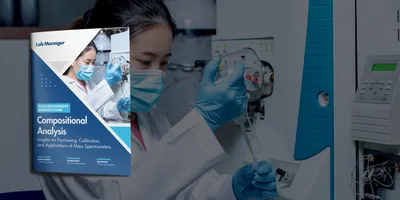Polymers are highly prized by industry and increasingly used as replacements for metals in the manufacture of e.g. automobile parts and firearms. Such parts are marked with serial numbers, for security and traceability purposes. The numbers may however be partially or completely erased, and although there are techniques for recovering them from metal parts, this is not the case for polymers. But that may be about to change. In an article published in Analytical Chemistry, researchers have demonstrated the potential of a non-destructive method for making abraded serial numbers on polymers visible again.
Cédric Parisien, an INRS master's student in energy science and materials, used Raman spectroscopy to reconstruct erased information from a sample of polycarbonate, a polymer that figures prominently in the manufacture of bulletproof products. The technique could be of great benefit to forensics, since it requires no pre-treatment and does not damage the sample.
"The stamping technique used to engrave serial numbers creates deformations deep in the material," said INRS professor and study coauthor Andreas Ruediger. "We used Raman spectroscopy to reveal those changes and get a kind of fingerprint for use in recovering erased images, without recourse to thermal, chemical, or other treatments."
Other studies are underway to test the reliability of this new method on various other polymers and materials such as ceramics, both for security applications and in quality control.











